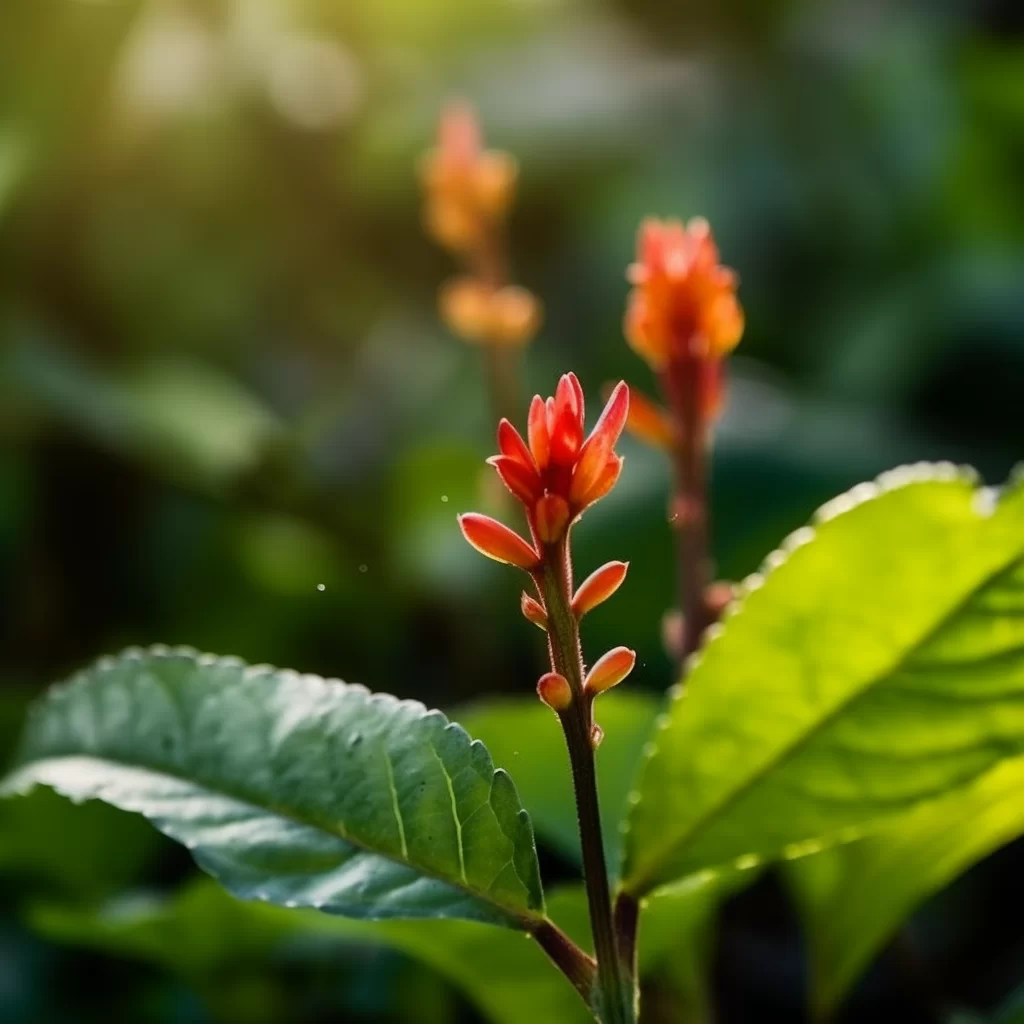Story of Day :
Contents
- 1 Bittersweet Plant: The Complete Guide and Care Tips
- 2 What is Bittersweet Plant?
- 3 Where Should You Plant Bitter Sweet Plants?
- 4 How Should You Prepare Soil for Bitter Sweet Plants?
- 5 How Do You Plant Bitter Sweet Plants?
- 6 What are Common Care Issues with Bittersweet Plants?
- 7 How to Prune Bittersweet Plants?
- 8 Bittersweet as an Attractive Garden Plant
- 9 Conclusion:
Bittersweet Plant: The Complete Guide and Care Tips
Welcome to the ultimate guide on bittersweet plants. If you’re looking for a plant that can add beauty to your garden and attract birds, then bittersweet is the perfect choice for you. However, before planting this vine-like plant, it’s important to know some crucial details about its care requirements.
What is Bittersweet Plant?
The bittersweet plant (Celastrus orbiculatus), also known as Oriental Bittersweet or Round-leaved Bittersweet, is a deciduous vine native to East Asia but commonly found in North America as well. This woody perennial plant can grow up to 60 feet and typically produces glossy green leaves in summer with small inconspicuous flowers followed by bright yellow-orange berries on female vines.
Where Should You Plant Bitter Sweet Plants?
- Bitter sweet plants prefer full sun exposure although they can tolerate partial shade.
- This vigorous grower needs support structures such as trellises or fences if you’re growing them vertically.
- Avoid planting near other vegetation due to their tendency towards invasive growth habit which could damage other species plus they are difficult to remove once established.

How Should You Prepare Soil for Bitter Sweet Plants?
Bitter sweet plants like well-draining soil that’s rich in organic matter. You should prepare the soil prior to planting by adding compost or rotted manure into the top layer of soil at a depth of about six inches making sure not too compacted after mixing with natural soils since these roots need space for expansion. Keep in mind that bitter sweet plants do not tolerate wet feet so be careful not overwatering them- better underwater than overwater.
How Do You Plant Bitter Sweet Plants?
- The best time to plant bittersweet plants is in late spring to early summer when soil temperatures have warmed up sufficiently.
- Plant the rootball at same depth as it was in its container, water well, and mulch to retain moisture.
- Bitter sweet plants can be propagated via seeds that you’ll need to stratify for about 60 days before planting them outside or through stem cuttings taken during late summer which will root once you’ve dipped them into rooting hormone powder and placed them in a damp soilless mix until they develop roots two weeks later.
What are Common Care Issues with Bittersweet Plants?
Bitter sweet plants are easy-to-maintain except for some problems like:
- Invasive growth: These vines grow quickly, can climb over other vegetation, and strangle the host plant; so regular pruning is necessary to keep them under control.
- Pests: Japanese beetles can damage bittersweet leaves while aphids attack twigs and stems of this plant. One option is using insecticidal soap sprays but avoid using broad-spectrum insecticides that may kill beneficial insects such as bees or beneficial bugs; maintaining healthy soils will also help deter pests.
- Diseases: Powdery mildew diseases caused by fungal infections can occur especially if planted where air circulation is poor or watering habits are inconsistent leading to moisture-retentive soil conditions. To prevent disease occurrence spacing out your bitter sweet plants with proper ventilation and watering deeply but infrequently during dry spells will help lower risk of getting sickly-therefore stressed- vines which fall prey more easily than vigorous ones do.
How to Prune Bittersweet Plants?
Pruning is essential to keep bittersweet plants under control and looking healthy. This plant can be pruned either in summer or winter.
- In Summer: Simply snap off unwanted branches with your hands, if they are young. Use pruning shears for mature ones that have thicker woody stems.
- In Winter: You can cut back the entire plant down to about 6 inches above ground level or remove a selected number of branches up to one-third of their height while leaving others intact, which will encourage new growth next season from buds located just below where you cut them back.
Bittersweet as an Attractive Garden Plant
Bitter sweet plants are beautiful and also offer benefits beyond aesthetics such as attracting wildlife like birds who love eating their fruit during colder months when other food sources are scarce. Its attractive berries make great decoration material for autumn wreaths or holiday garlands too!
Conclusion:
If you want a vigorous grower in your garden, consider planting bittersweet plants. They’re easy-to-maintain yet require some attention towards its invasive habit so regular pruning is necessary; properly spaced out and watered helps prevent disease occurrence caused by fungal infections; The crucial step after planting this vine-like plant is ensuring proper care like watering only when needed avoiding overwatering along with fertilizing during early spring using organic compost teas which help boost soil health thus benefiting its overall growth plus adding ornamental value due the bright orange berries that will attract wildlife throughout colder seasons- making it versatile among many species.. With these tips on how best to grow and maintain them year-round, we hope you’ll enjoy this beautiful addition to your garden space!
